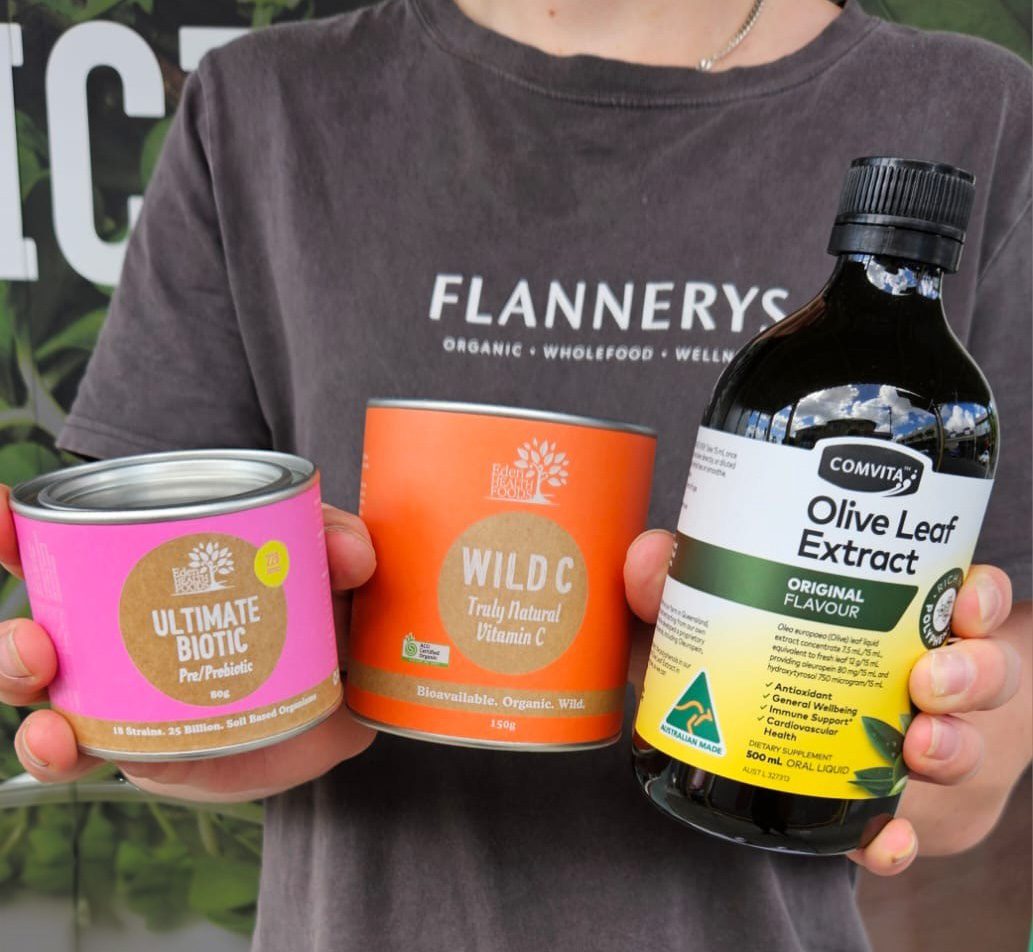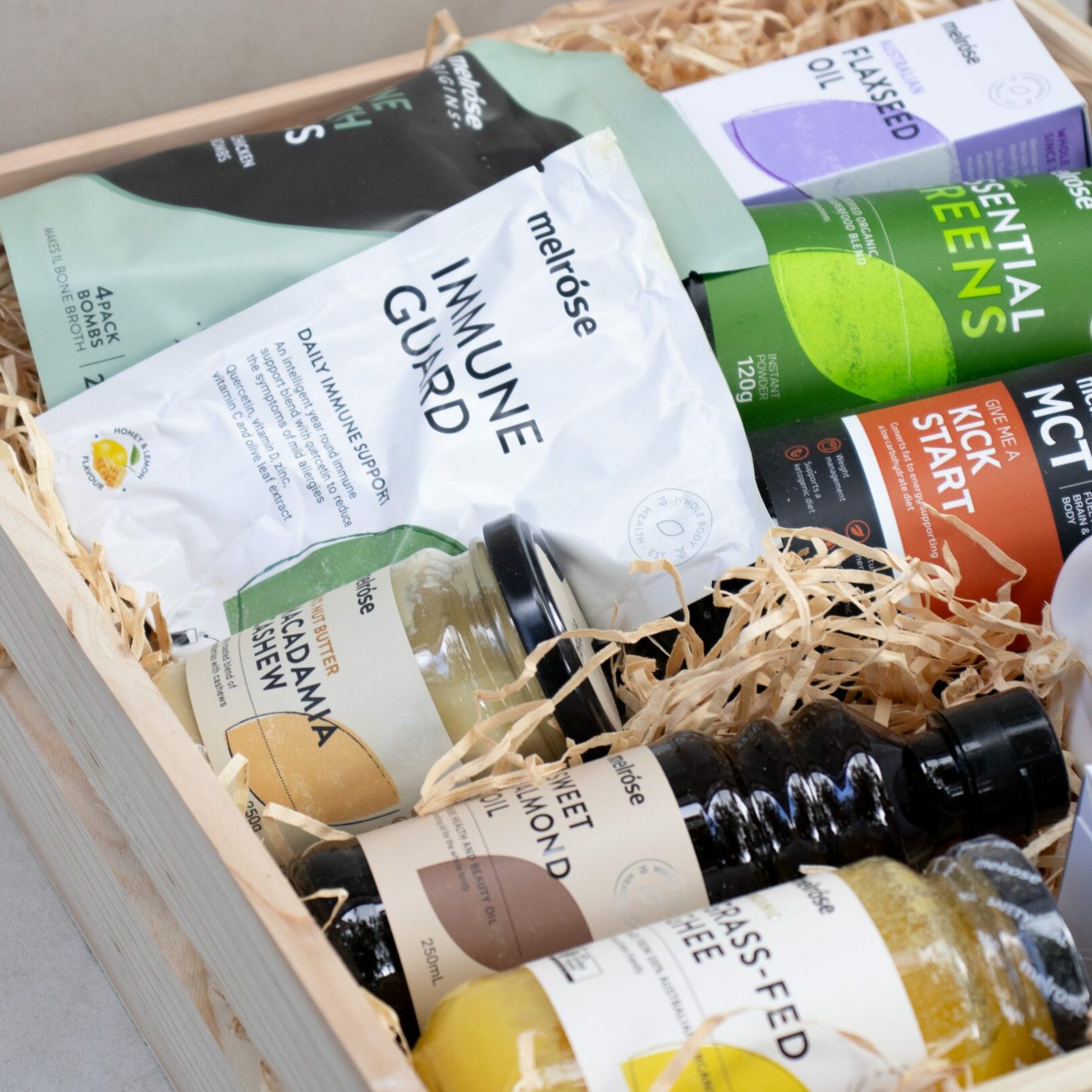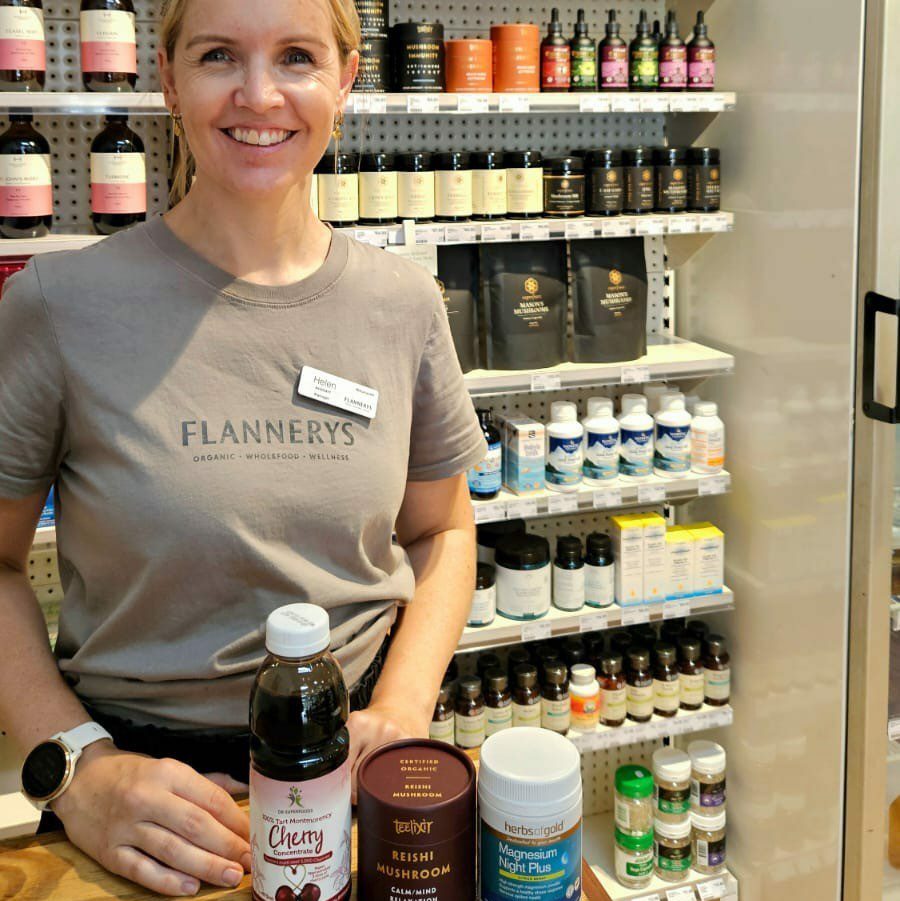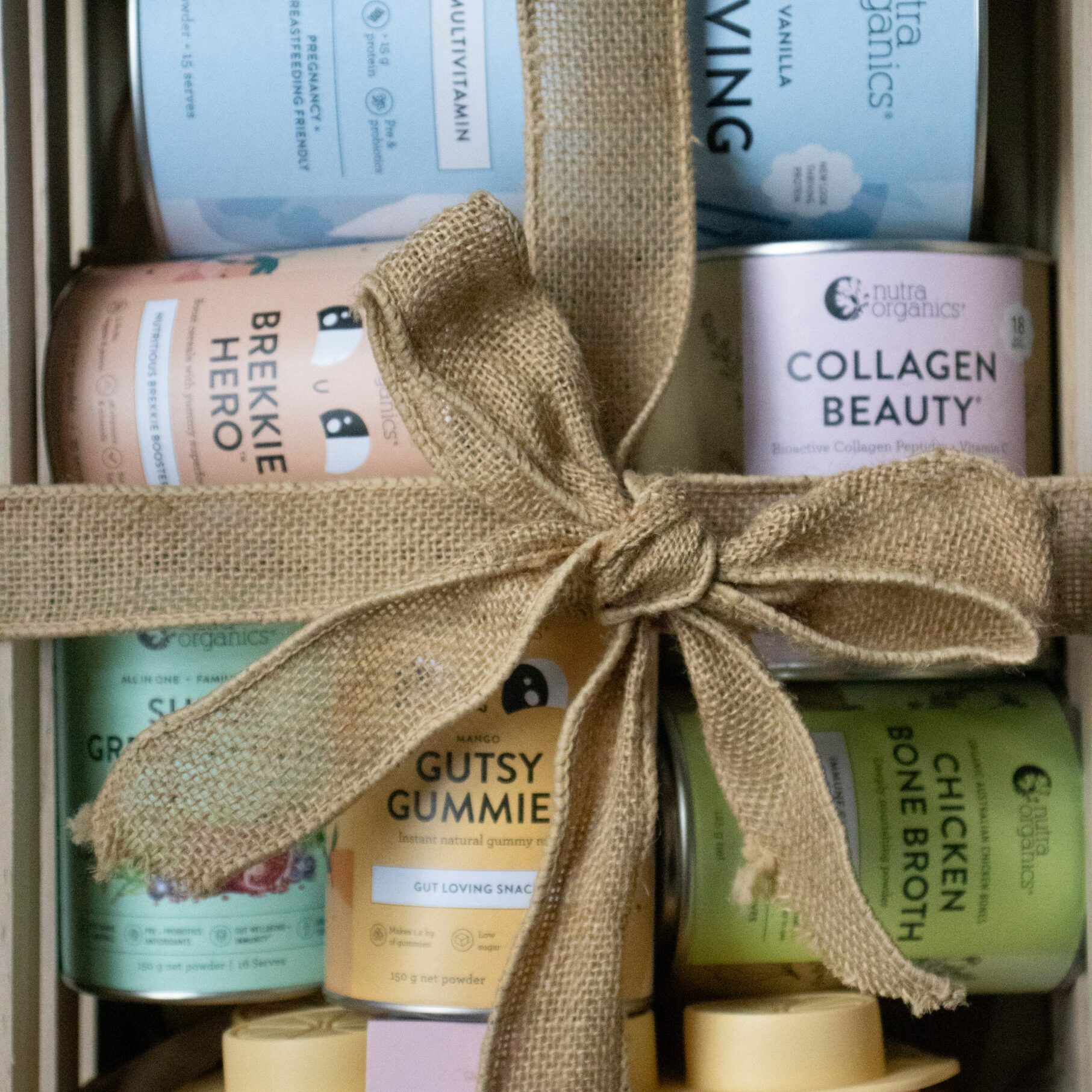
14.09.2017
What tampons are REALLY made from
If experiencing headaches, bloating and general PMS aren’t bad enough, sadly many tampons are non-biodegradable, adding to landfill.
Recently I asked my partner to pick up some tampons for me while he was at the supermarket. Having not specified to buy my standard ones, he returned with a 100% organic cotton variety. Wait a second, I thought, aren’t they all made of cotton? And if not, then what are my usual tampons made of? After delving a little deeper, I discovered some alarming details about tampons… many are made of synthetic fibres produced using harsh chemicals.
It’s been estimated that the average woman uses over 11,000 tampons in her life. That’s a LOT and leads to two questions… what impact are all these disposable, synthetic fibres having on the environment? And what impact are these synthetic fibres having on a woman’s body?
“Every bit of plastic ever made still exists somewhere today”
– Greenpeace International
How many synthetics does it take to make a small tampon? Unfortunately, there’s no punchline to this question, but in our opinion – too many. Many non-organic cotton tampons are made from viscose or rayon, the same synthetic fibres used to make some bedding and clothes. These can impact the environment by relying heavily on pesticides, fertilisers and bleaching methods for production, which can affect soil health and waterways. Non-organic tampon strings are usually made from polyester, with a protective plastic cover made from polyethylene: the world’s most common type of plastic. Polyester and polyethylene are typically non-biodegradable, meaning they end up in landfill for hundreds of years or potentially in the ocean when flushed down the toilet.
“Your body is your temple. Keep it pure and clean for the soul to reside in.”
– B.K.S lyenger
But it’s not only environmental reasons organic cotton tampons are increasing in popularity. Many women are concerned about potential adverse effects tampons are having on their health. Although health authorities have found no safety risk of using tampons made from synthetic fibres to date, concerns have been raised about synthetic chemicals being absorbed by the vagina and that the abrasive texture of synthetic fibres may be damaging the inside vaginal walls. But that’s not all… ‘endocrine disruptors,’ are chemicals that potentially mess with hormones, which is the last thing any woman needs! Some women voice their concerns that chemicals in some non-organic tampons, such as dioxins produced by bleaching, are endocrine disruptors. We’ve all noticed the toxic shock syndrome (TSS) warnings labelled on all tampons, regardless of what they’re made from because simply using tampons may increase TSS risk. So just like buying organic produce to avoid synthetic pesticides, buying organic cotton tampons is a personal choice.
If you are interested in trying 100% organic cotton tampons, check out our exciting range next time you’re shopping at your local Flannerys. Tsuno tampons and pads are one brand we’re really digging. Their products are made from sustainable bamboo fibre and corn starch, free of chlorine and dioxin bleach. And that’s not all to love…they donate half their profits to charities focused on empowering women living in poverty. What’s not to love about that?
Share this post with your friends






